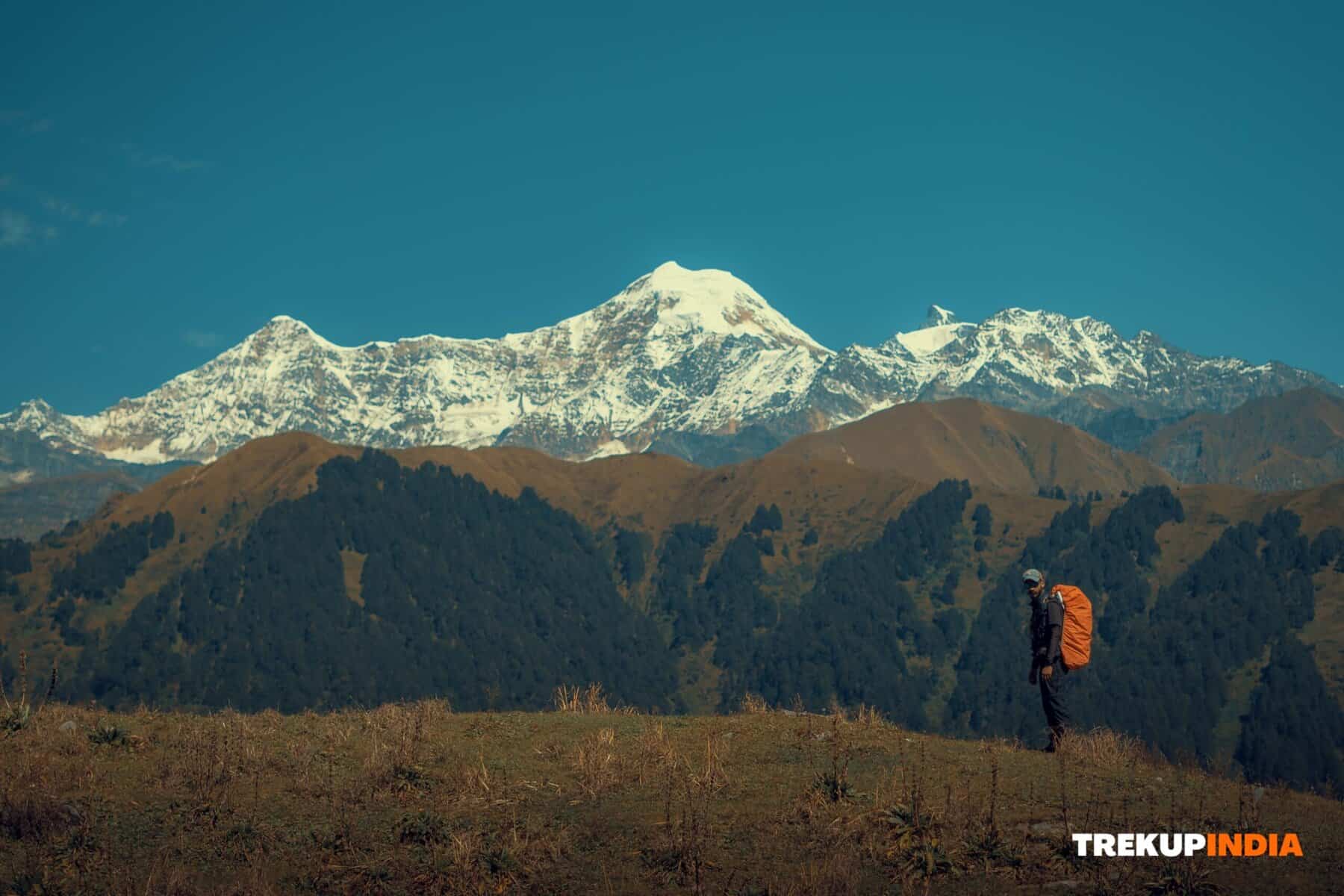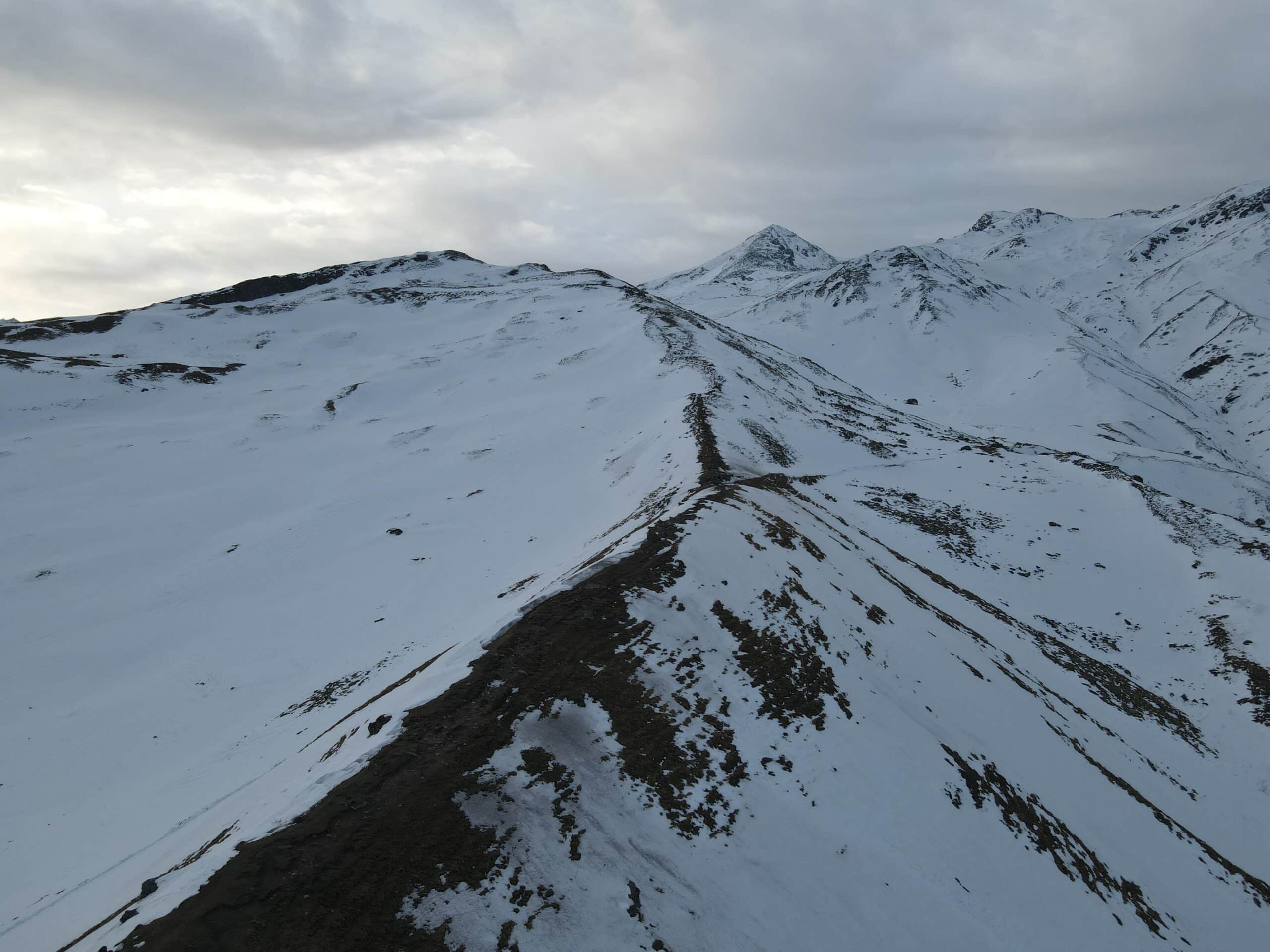Why Hampta Pass is a Best Trek in Monsoon
Like other places in the Himalayan region of Himachal Pradesh, they all have a different side every month and season. But Hampta Pass Trek emerges as a hidden gem during the monsoon season when the forest turns lush green, new waterfalls come into view, and carpets of wildflowers cover the hills. During the monsoon season, the trek indeed becomes difficult. Still, the scenic vistas are what make it a must-have experience. Tucked up in the heart of the Himalayas, Hampta Pass is a trekker’s dream come true, providing the ideal fusion of natural beauty, adventure, and cultural immersion. While the monsoon season closes many hiking routes in the Indian Himalayas, Hampta Pass remains an excellent option for adventure in the rain. In this post, we’ll explore why Hampta Pass is a fantastic journey, emphasizing its breathtaking scenery, unique qualities, and the unmatched experience it provides trekkers during the monsoon.
Hampta Pass is Magnificent in the Monsoon Season
A new light is cast on the Hampta Pass during the monsoon season. The following are a few reasons why you might want to go on this adventure:
1. A Tapestry of Emerald Greens: As the monsoon arrives, the barren slopes become a vibrant tapestry of emerald greens of lush green meadows. With snow-capped mountains in the background, brightly coloured wildflowers paint a magical picture. The flowers you will see most are marigolds, Himalayan blue poppy, and pink hill geranium, which are in full bloom during the monsoon season. You will also be thrilled at the sight of the forest made of pine, emerald green maple trees, and radiant silver birch.
2. Vibrant Fauna: Trekkers may encounter rare bird species, elusive mountain goats, and other wildlife among the lush surroundings, making for fantastic nature encounters.
3. Waterfalls in Full Glory: The monsoon season brings waterfalls cascading down mountain slopes to life. Witnessing these powerful cascades in full flow will add drama to your trek. When you cross Chikha, you will know the place with several waterfalls in the distance.
4. Thrilling River Crossings: During the monsoon season, streams and rivers along the trail become powerful torrents. The trek gains an element of adventure as you must exercise skill and caution when crossing these bodies of water. The adrenaline of navigating over gushing waters amidst pristine natural surroundings is a memorable encounter. The Rani Nallah, also known as the Rani River, flows through the meadow near Jobra, and there are hills with rocky sides on either side.
5. Pleasant Temperatures and Refreshing Weather: Despite what many people think, trekking during the monsoon can rejuvenate. The refreshing, misty air refreshes the body and soul while offering relief from the summer heat. The occasional drizzles make the journey more romantic, further heightening the feeling of being at home with nature.
6. Unique Photographic Opportunities: During the monsoon, mist shrouds the valleys, and dramatic cloud formations create a mystical atmosphere. Take unique pictures that capture the Himalayas’ untainted splendour during this unique season. You will get enthralled at the sight of the crescent moon-shaped Chandratal Lake, with the reflection of floating clouds.
7. Witnessing Local Life: The Kullu Valley’s residents rely heavily on the monsoon season. During this season, you will observe their daily life customs and agriculture customs. You will also experience a close encounter with Buddhist Culture and their lifestyle in the remote Himalayan villages.
8. A Sense of Adventure and Unique Challenges: Trekking during the monsoon offers a particular challenge and an opportunity to push yourself. Even while the monsoon presents some difficulties, such as slippery trails and unexpected weather, overcoming these difficulties heightens your sense of achievement. Trekkers must test their stamina and resiliency by navigating misty mountain passes and muddy routes. Still, the adventure is all the more worthwhile.
9. Cultural Immersion: The trek over Hampta Pass Trek provides more opportunities for cultural immersion. Visiting isolated villages and engaging with the locals offers a window into their lifestyles, traditions, and way of life. Trekking gains depth when interactions are cultivated outside the area’s scenic beauty, such as stories told over a cosy fireplace or while enjoying regional food.
10. Soulful Serenity: Trekking in the rain across Hampta Pass provides serene moments. A profound sensation of tranquillity that envelops the soul and makes a lasting impression on the heart can be experienced when the pristine beauty of the Himalayas surrounds one. The only sounds surrounding them are the sound of rain and chirping birds.
Share this article
Want To Trek Like Pro?
Check out the following videos if you want to trek like a pro trekker and improve your skills. These videos contain helpful tips, tricks, and techniques to help you trek like a pro. Whether you’re a beginner or an experienced trekker, these videos can provide valuable insights to enhance your trekking experience. So, watch the videos below by Trekup India experts to take your trekking skills to the next level.







Know Everything About Acute Mountain Sickness
Acute Mountain Sickness is a medical condition that can occur when individuals travel to high altitudes, typically above 8,000 feet. It is caused by the decrease in air pressure and oxygen levels in the air as altitude increases. Symptoms of Acute Mountain Sickness may include headache, nausea, vomiting, dizziness, and difficulty sleeping. To avoid Acute Mountain Sickness, it is important to gradually adjust to high altitudes and seek medical attention if symptoms worsen. To learn more about this condition, check out the videos by Trekup India.









